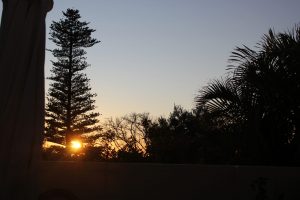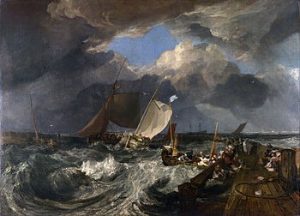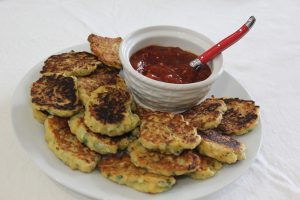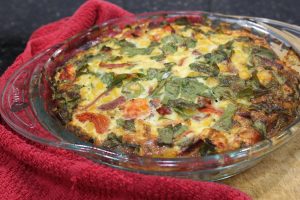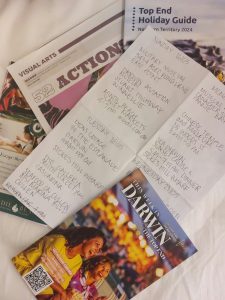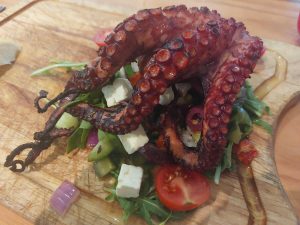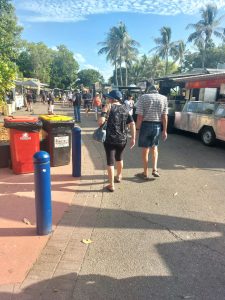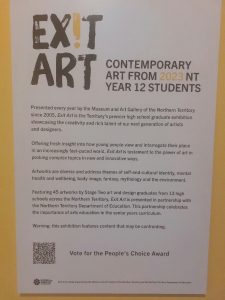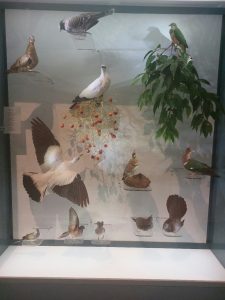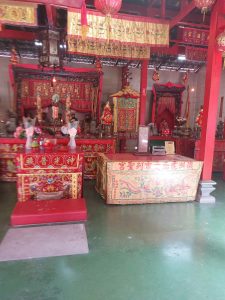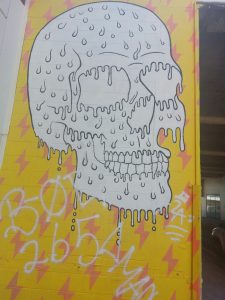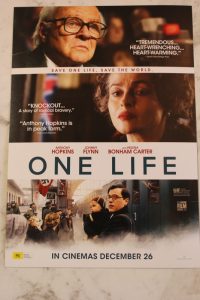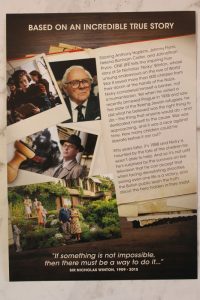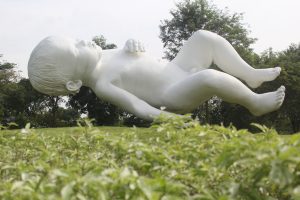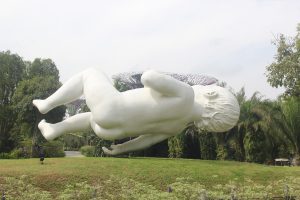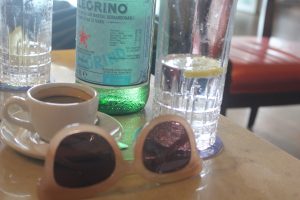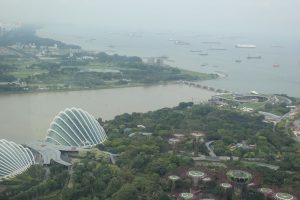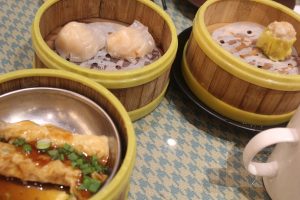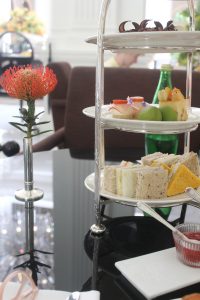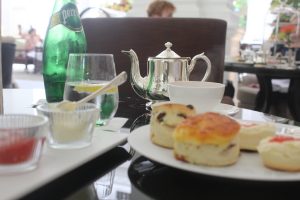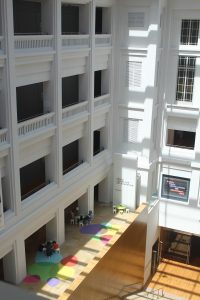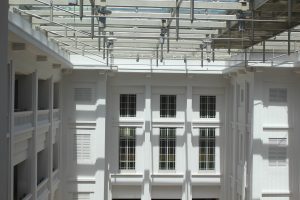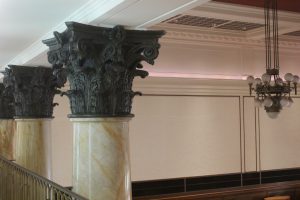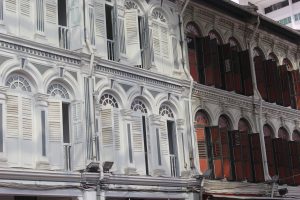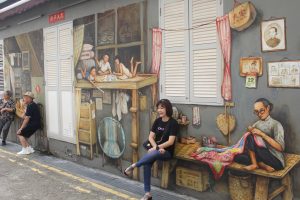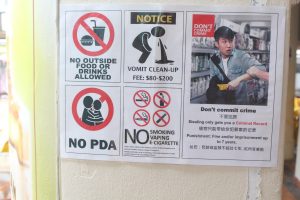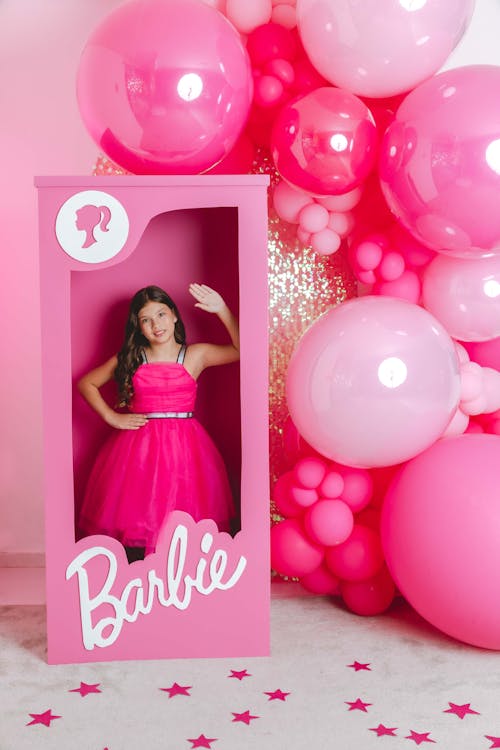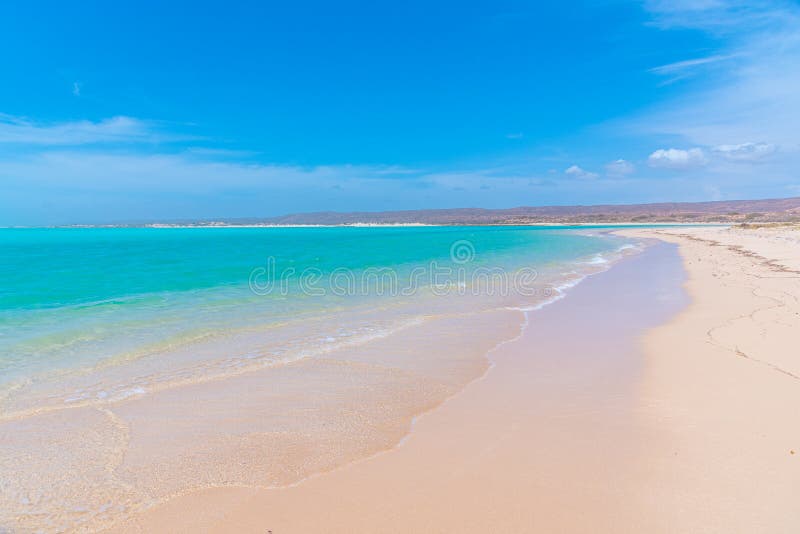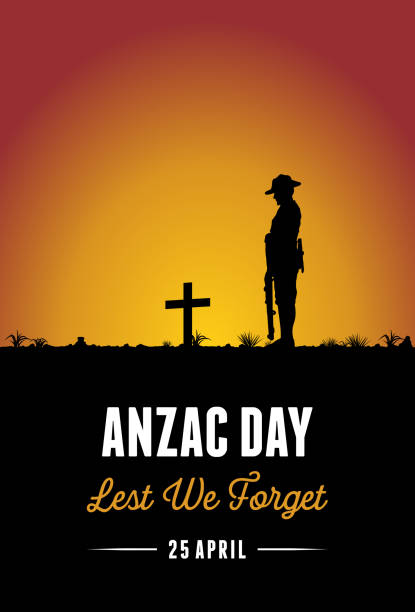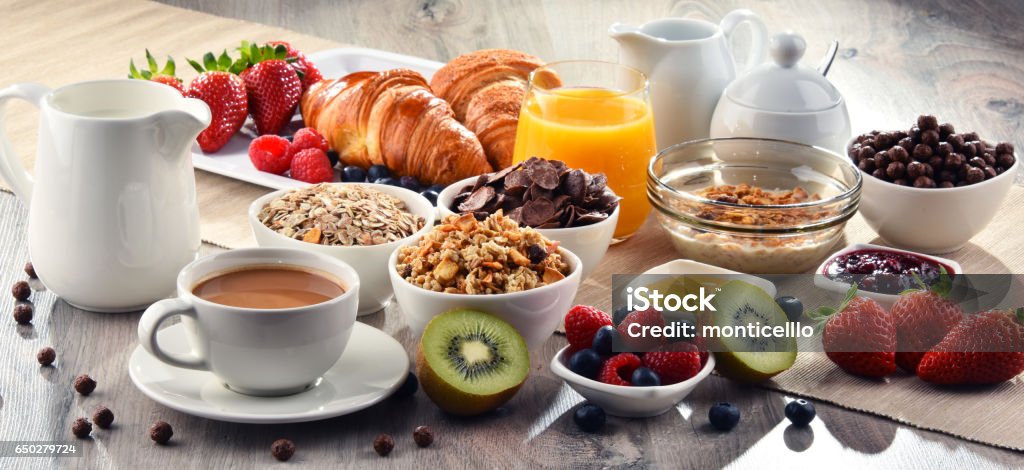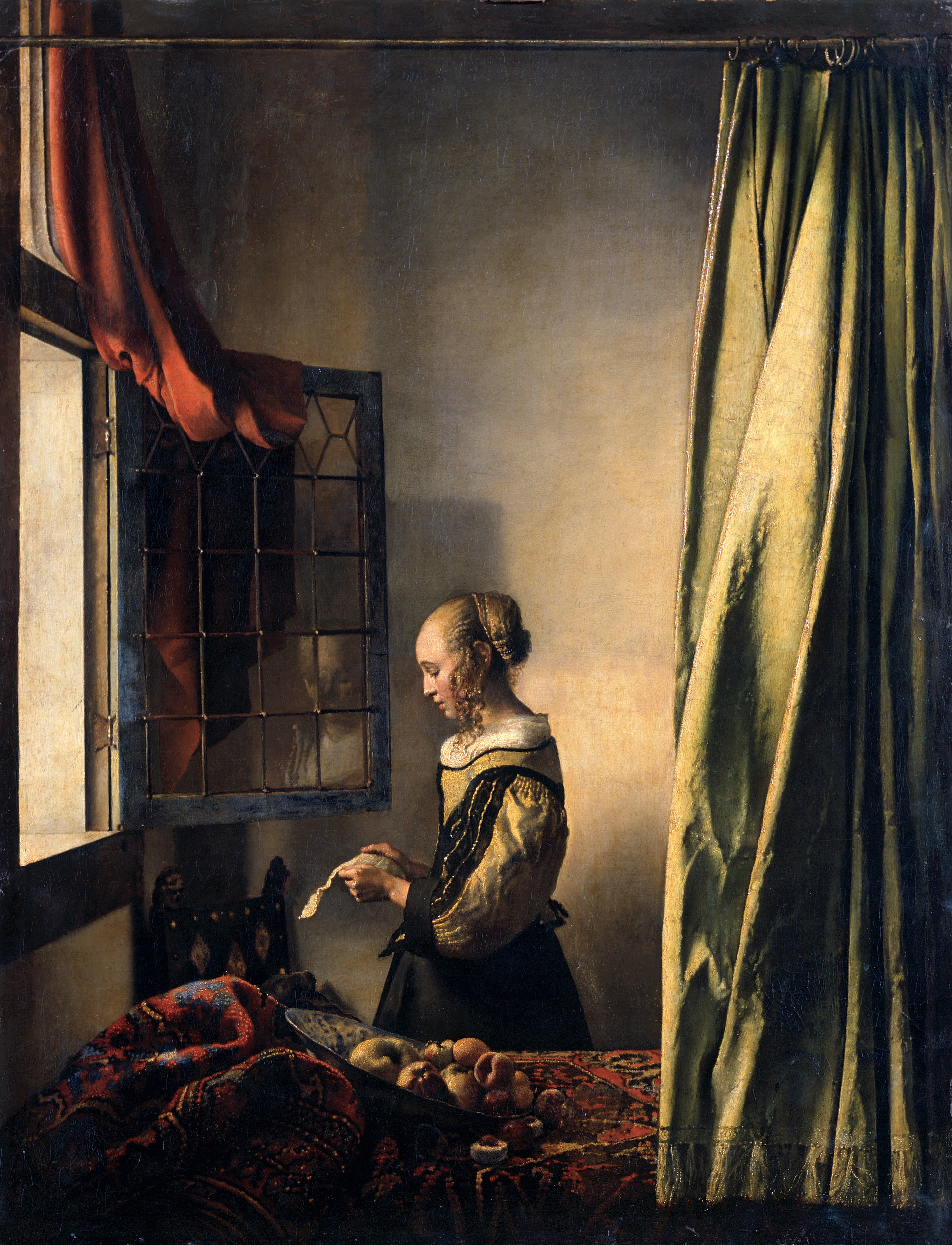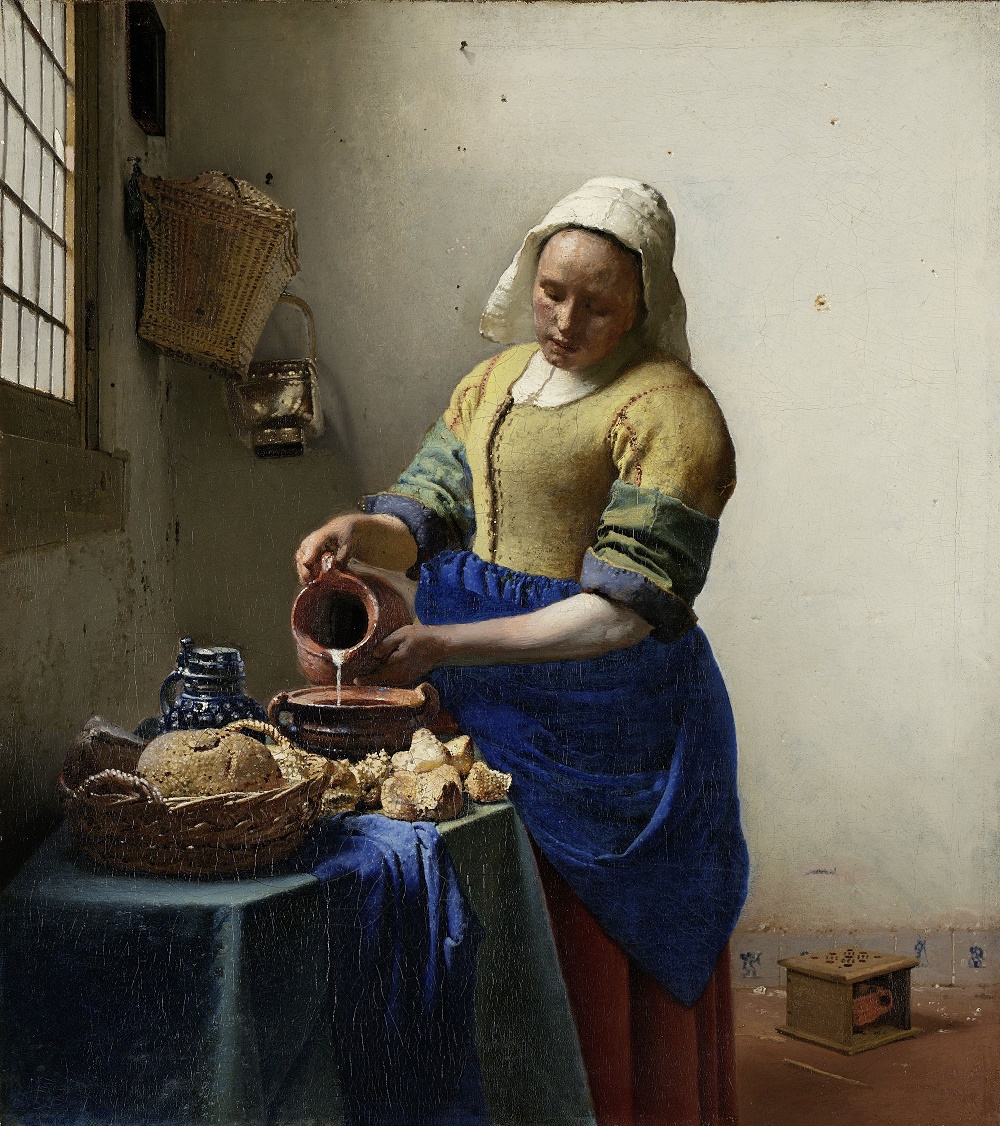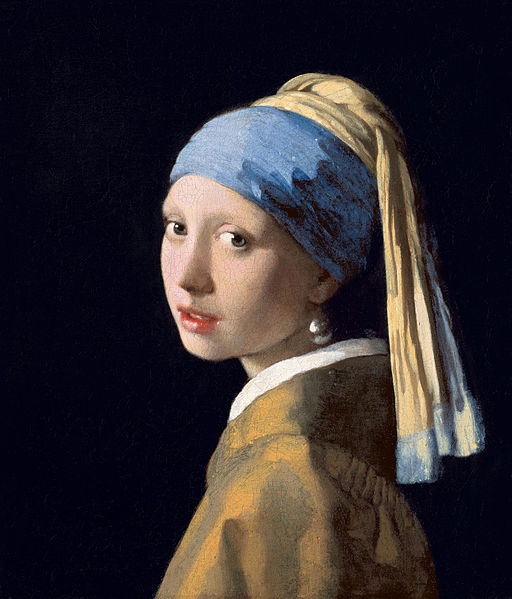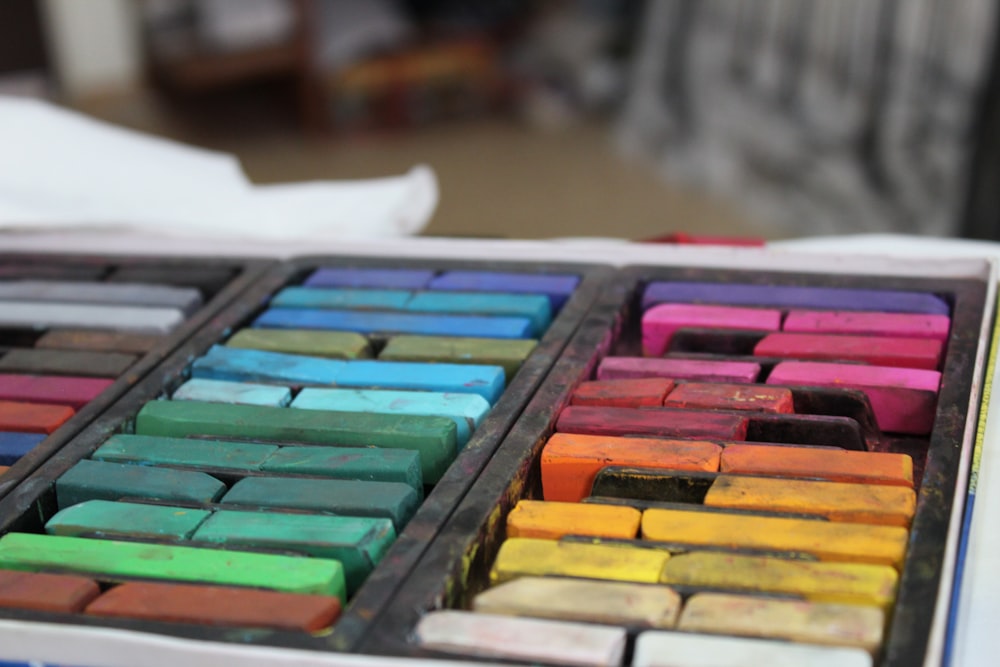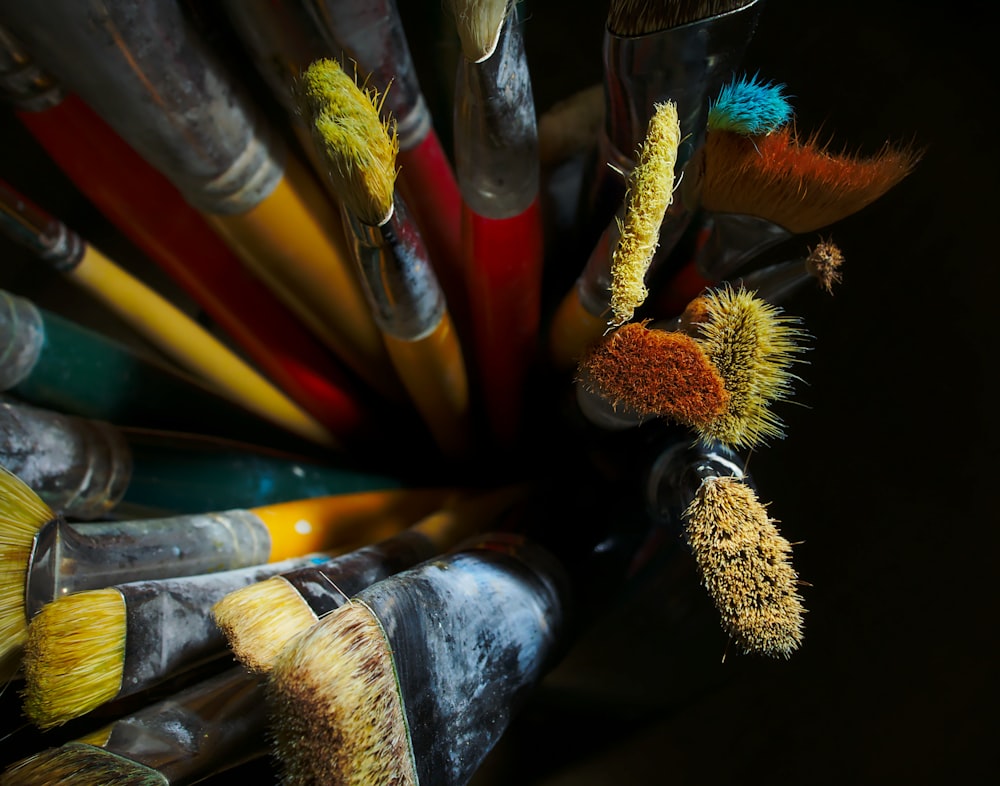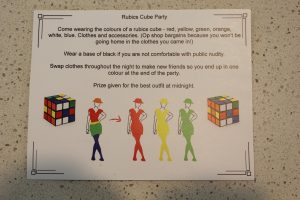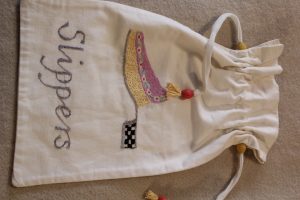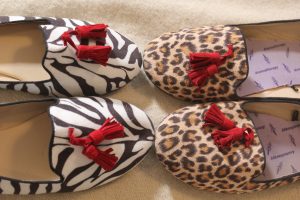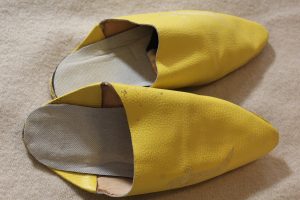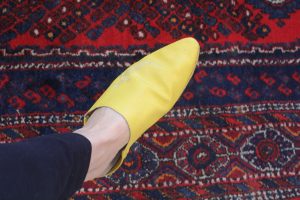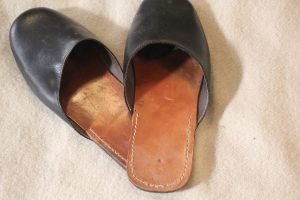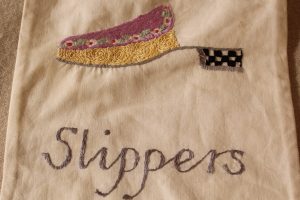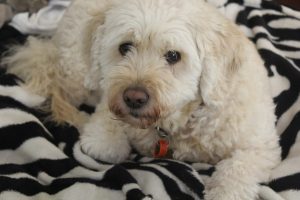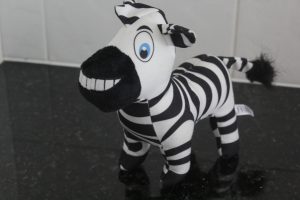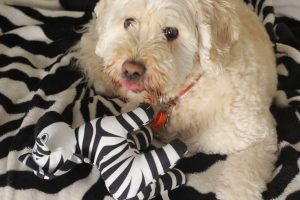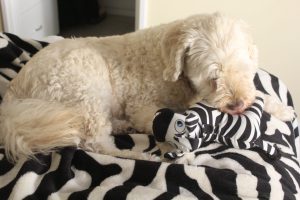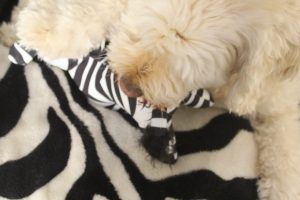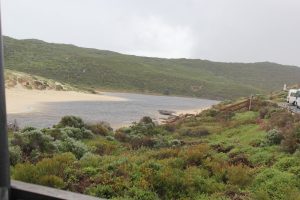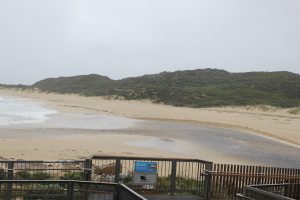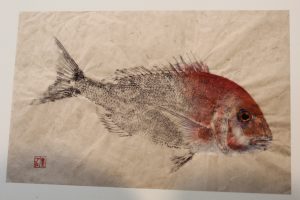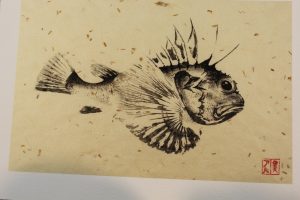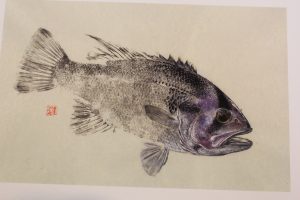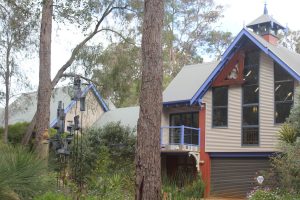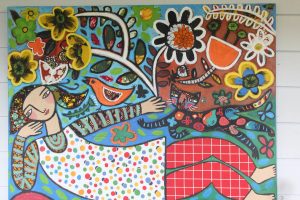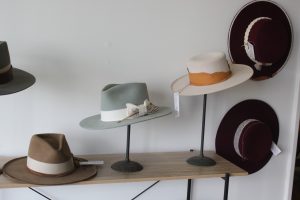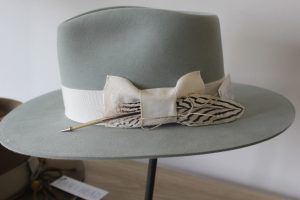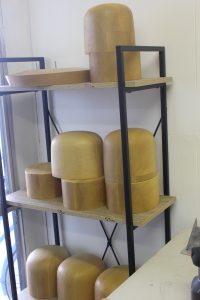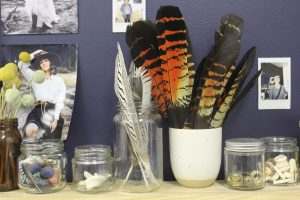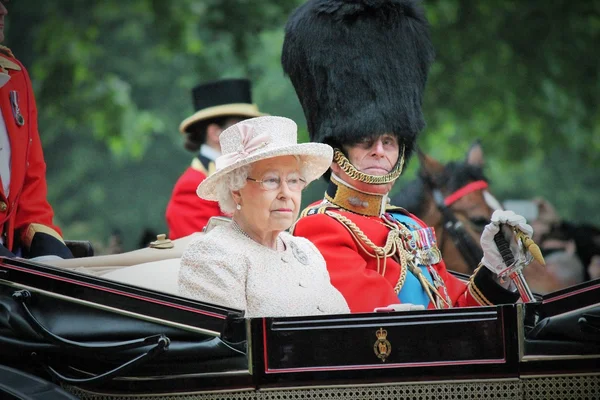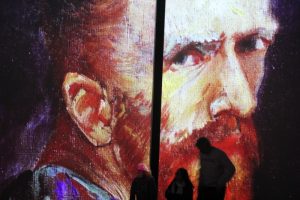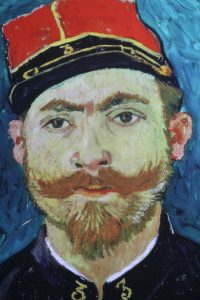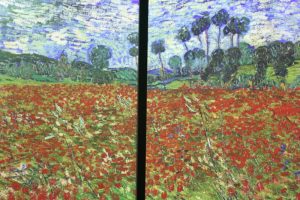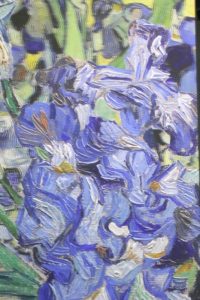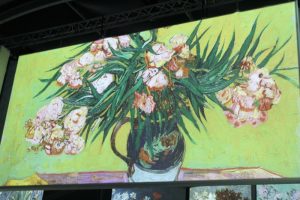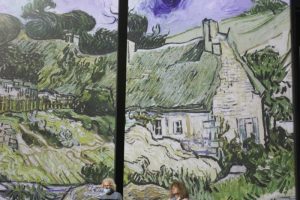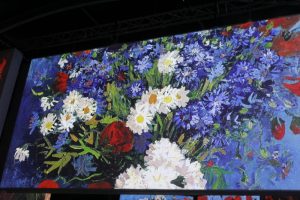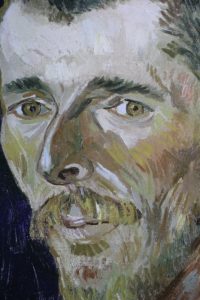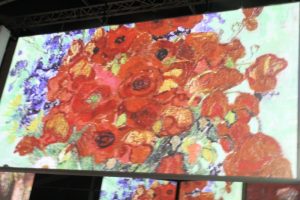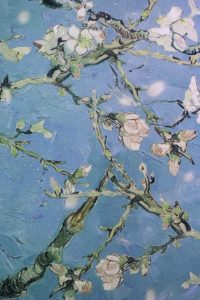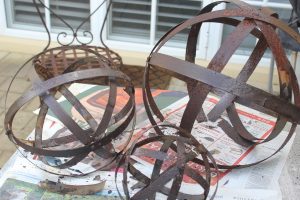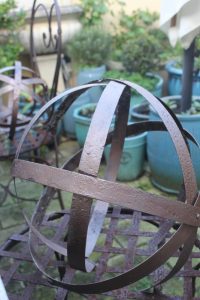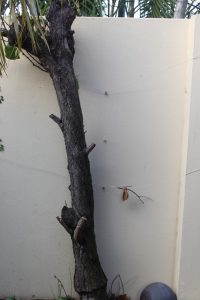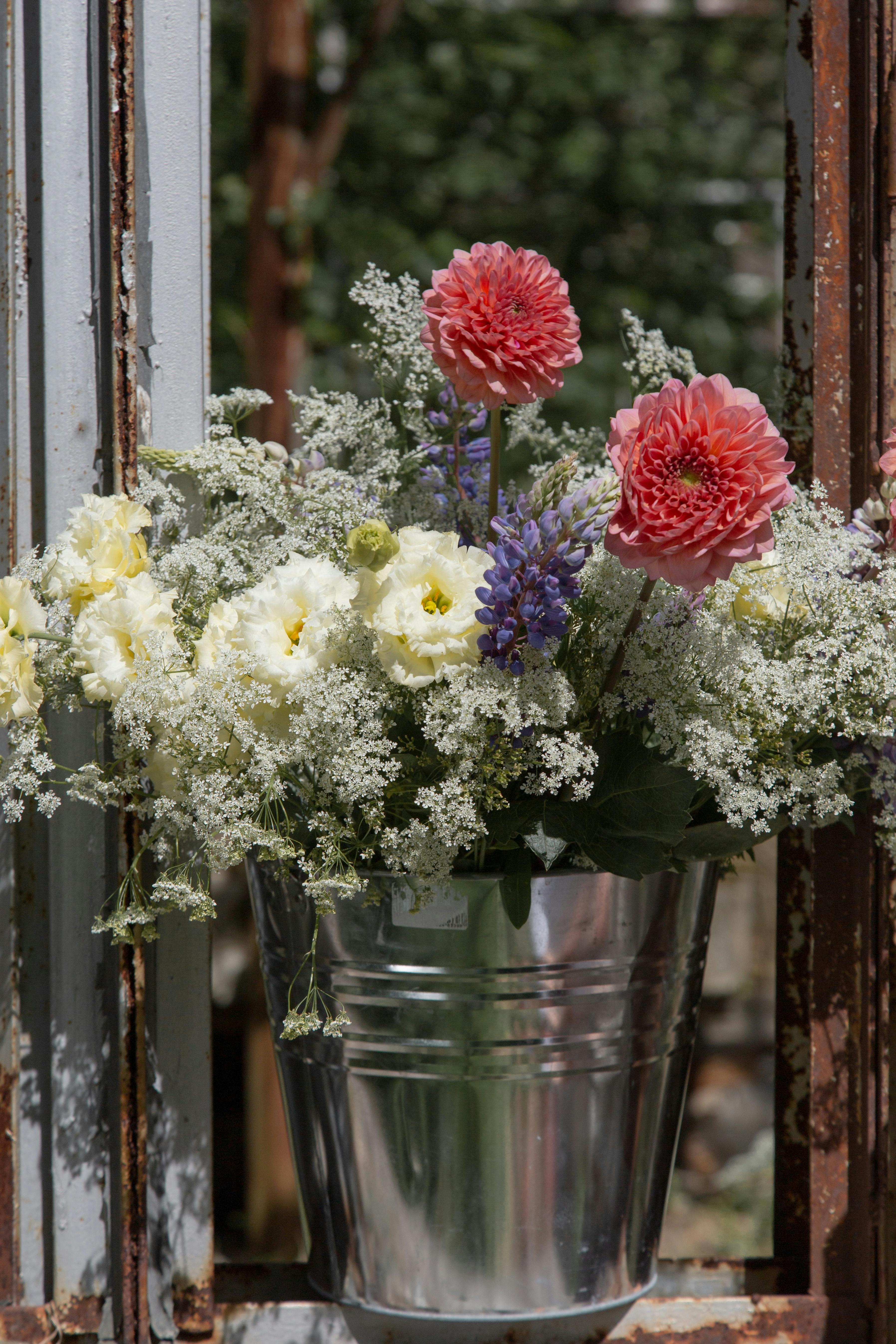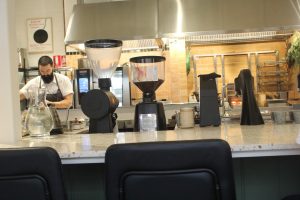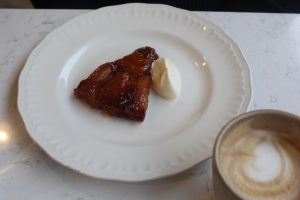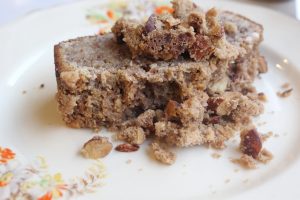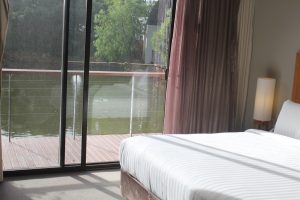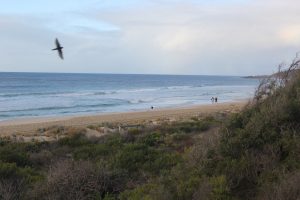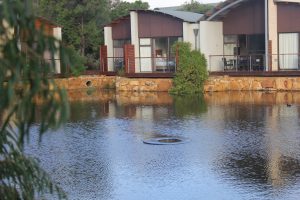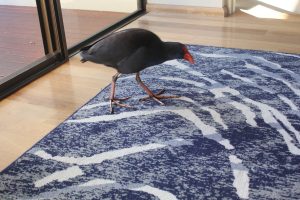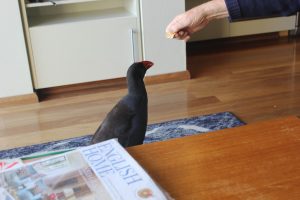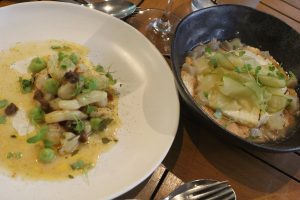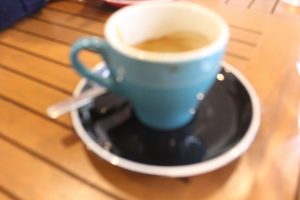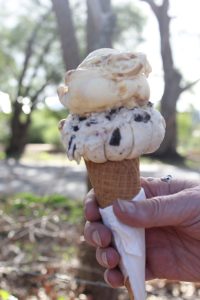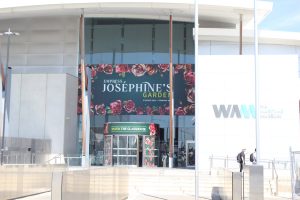

To the Maritime Museum in Fremantle to see the remarkable ‘Empress Joséphine’s Garden’. This project tells the story of Empress Joséphine from her life as a child in Martinique, where she was known as Rose, through to her time as the most powerful style icon in Europe and further afield.
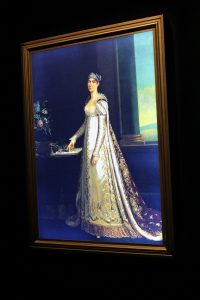

Empress Joséphine in an empire style gown. She and Napoleon epitomized the Empire style in furniture, clothing, crockery and cutlery and interior decoration. The style was popular throughout Europe and the United Kingdom, where it was known as Regency style.
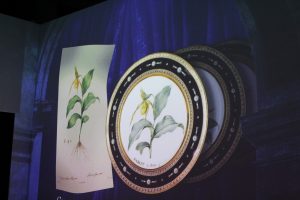

Botanical illustrations on crockery and fabrics.
Joséphine was betrothed to a French aristocrat Alexandre de Beauhamais in 1779 and after the marriage, returned with him to France. They had a son and a daughter and later separated. They never divorced. She had custody of the daughter, he had custody of the son. Her husband was beheaded in the French revolution, she escaped the same event by a change in the course in French politics. She married Napoleon Bonaparte in March 1796.
Empress Joséphine purchased the rundown estate known of Malmaison in 1799, making it her primary home. She hired a Scots gardener, Alexander Hawatson, to assist with the planning and construction of the garden. Unlike typically formal French gardens of the time, Malmaison’s garden was based on English designs. The garden featured winding paths, bridges, temples, lakes and little cottages, mimicking a grand English garden.
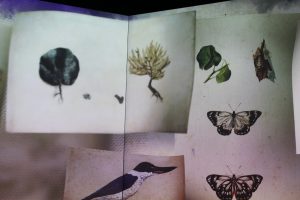

As an amateur botanist, Empress Joséphine sought flora and fauna from all over the World. She was especially fascinated with the newly discovered plants and animals from New Holland. She was determined and competitive about acquiring botanical specimens. She collected Australian specimens from Nicholas Baudin, who explored Australia and the Pacific as well as many other sources.
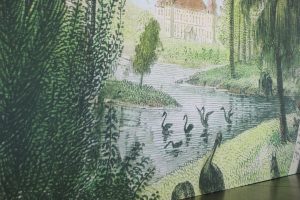

Empress Joséphine collected exotic specimens from Western Australia taken back to France by Nicholas Baudin, including melaleuca, eucalyptus, plus kangaroos, emus and black swans.
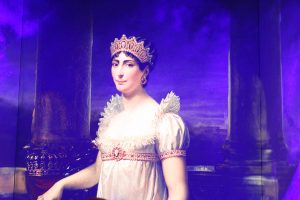

Leaders in all things fashionable, Napoleon Bonaparte and Joséphine were leading figures during the Age of Enlightenment. Along with the exotic plants and animals she coveted, she dressed in light transparent fabrics, which also immediately became fashionable. She created the Empire style of furniture, which reflected symbols of war and victory, such as golden eagles, classical palm leaves and laurels. Symbols of power linked the regime to the glory of the ancient Roman Emperors. This style was widely adopted throughout Europe and the United Kingdom.
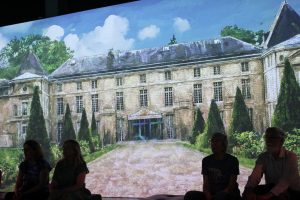

Empress Joséphine developed Malmaison, 12 kilometres out of Paris, from a run down estate to the most fashionable destination in France.
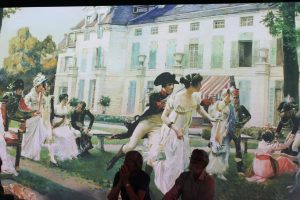

Adept at promoting their style and influence, Bonaparte and Josephine dictated the style of everything. They dispersed paintings of themselves in Empire styled clothes and dictated what was fashionable. They entertained lavishly and shamelessly promoted their own style.
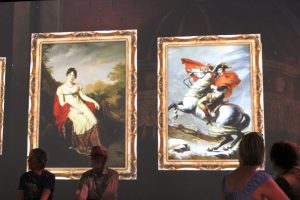

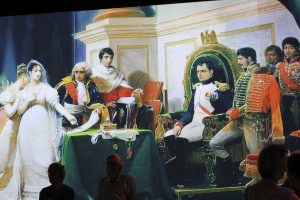

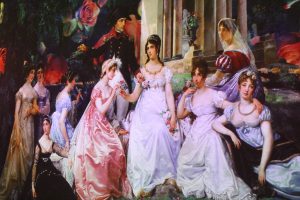

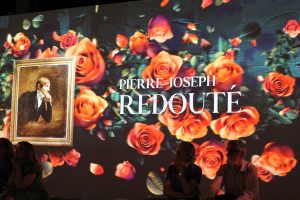

Empress Joséphine employed the then unknown botanical artist Pierre-Joseph Redouté to make a record of the plants at Malmaison. His exquisite artworks were acclaimed throughout Europe. Books of his works are still considered the epitome of flora illustration. His paintings and engravings, particularly of roses, are iconic and still appear on address book covers, note book covers and writing paper.
Unable to provide Bonaparte with children he divorced Joséphine and married a younger woman, Marie Louise, who became the second Empress of France. They had four children.
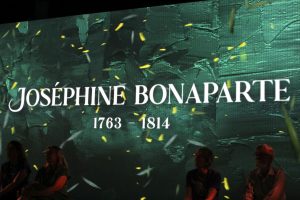

This presentation runs until January. All these images are from the audiovisual presentation.
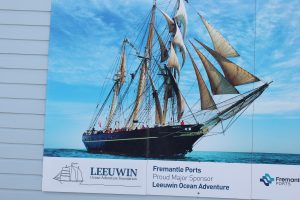

We went back down the port to a brewery for lunch. It was lovely sitting in the gentle breeze eating squid and chips. The only problem was the Leeuwin, moored along side. Once the magnificent barquentine pictured above, it was hit by an enormous container ship entering port on a stormy night.


The hull. It will be repaired but is a very sad sight now.

